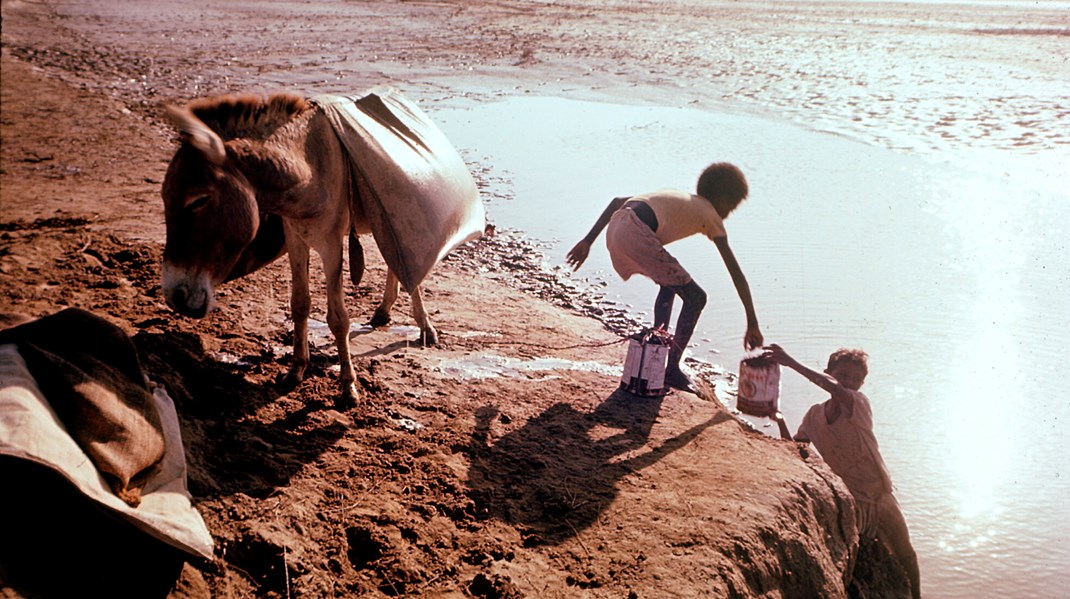Tropical cyclone increases risk of food insecurity in Mozambique
A. Situation analysis
Tropical Cyclone Dineo made landfall near Inhambane, Southern Mozambique on 15 February 2017, bringing with it strong winds exceeding 100km/hr, rough sea and torrential rain, According to MTOTEC (satellite imagery, surface analysis, and storm system information for the South West Indian Ocean cyclone basin), the storm evolved from severe tropical storm to Category III1 Tropical Cyclone and reclassified as Ex-Dineo. Despite this weakening trend, the South African Weather Service (SAWS) projects that Ex-Dineo still pose a great risk until 18 February as exceptionally high rainfall, strong winds, and resultant flooding is expected.
Initial reports indicated that Inhambane province was the most affected, other areas included Vilankulo, Massinga, Murrombene, Maxixe, and Jangamo districts as well as Inhambane City. Although the situation is still evolving, preliminary report of 16 February 2017, indicated 3 deaths and four injured, damaged Infrastructure (electricity, and roads) as a result of the storm in the affected areas.
The National Institute for Disaster Management (INGC) projects that, urban flooding in small villages and cities may affect 200,000 people over the next 7 days and the following river basins is at risk of flooding.


